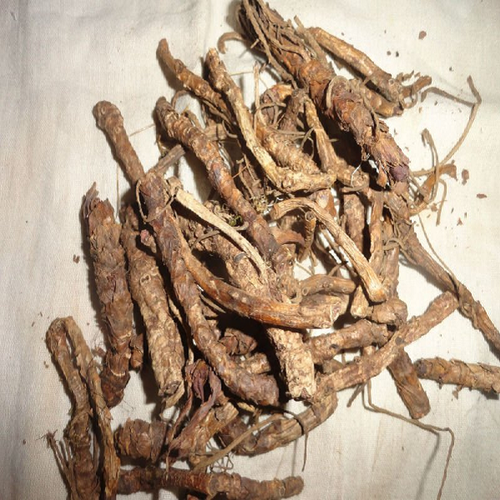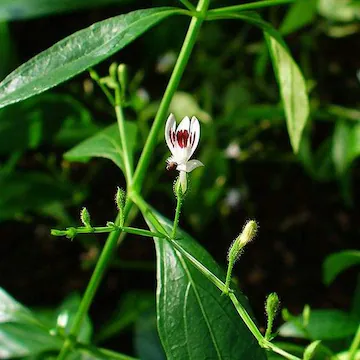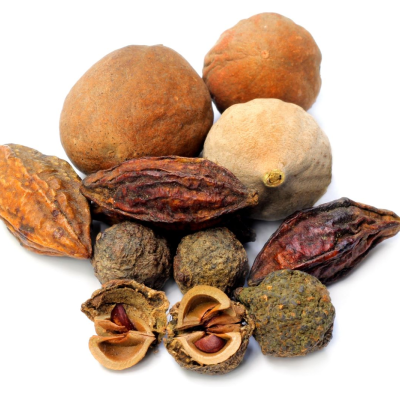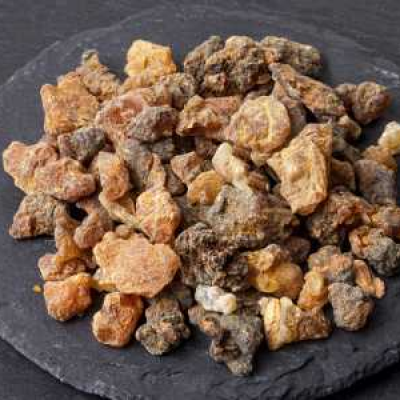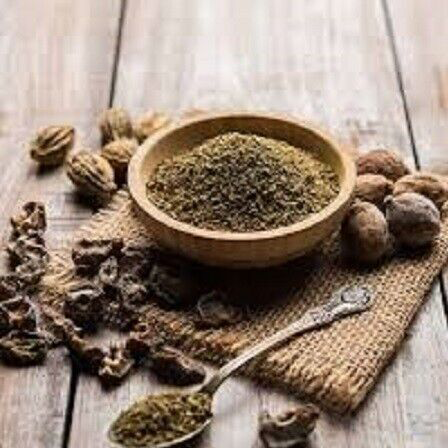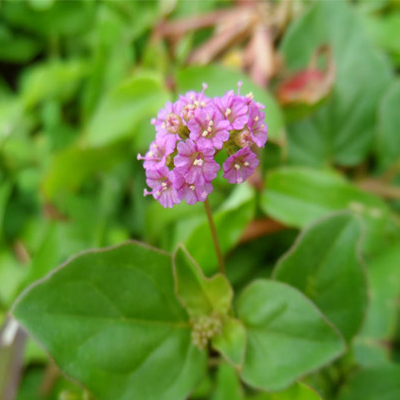Fatty liver, also known as hepatic steatosis, is a condition where excess fat accumulates in the liver cells.
Globally, approximately 25-30% of adults suffer from fatty liver disease, making it one of the most common liver disorders. Its prevalence is rising due to increasing rates of obesity, diabetes, and sedentary lifestyles.
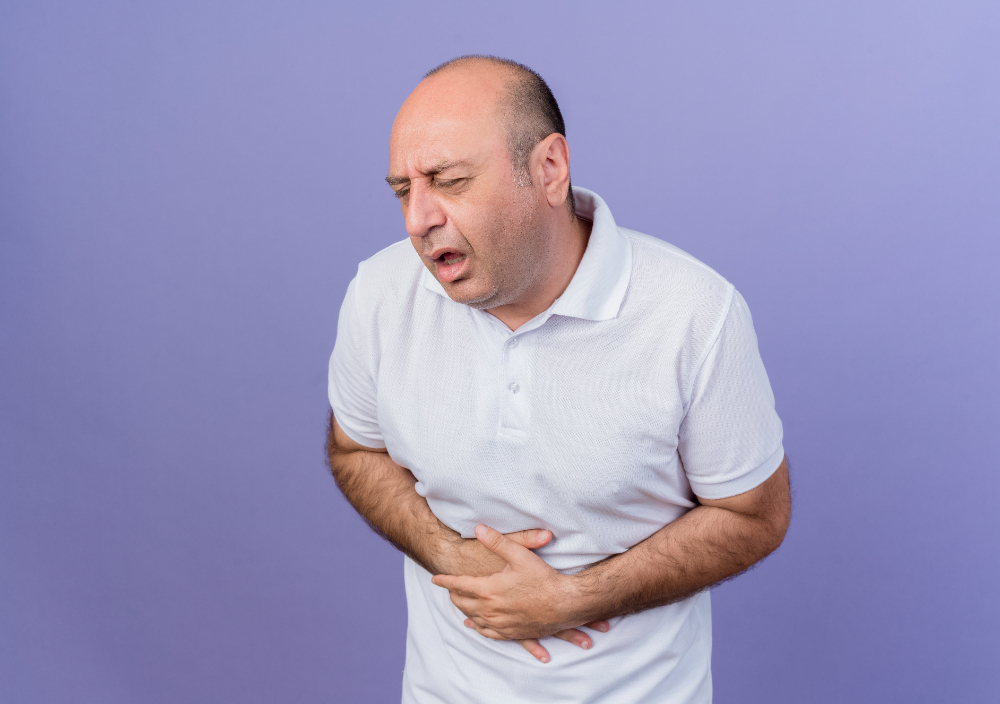
- Potential for Progression: Fatty liver can progress to inflammation (steato-hepatitis), fibrosis, cirrhosis, or even liver cancer.
- Systemic Impact: Associated with cardiovascular diseases, metabolic syndrome, and type 2 diabetes.
- Silent Epidemic: Often asymptomatic in early stages, leading to delayed diagnosis and treatment.
Fatty liver has significant public health implications, emphasizing the need for prevention, early detection, and management.
It can occur in two main forms:
- Non-Alcoholic Fatty Liver Disease (NAFLD): Fat accumulation in the liver not associated with significant alcohol consumption.
- Alcoholic Fatty Liver Disease (AFLD): Fat accumulation caused by excessive alcohol consumption
Causes and Risk Factors
NAFLD
- Obesity
- Type 2 diabetes or insulin resistance
- High cholesterol or triglycerides
- Sedentary lifestyle
- Poor diet (high sugar, refined carbs, saturated fats)
- Genetic predisposition
AFLD
Pathogenesis
Excessive fat in liver cells can trigger inflammation and oxidative stress, potentially leading to:
- Steatohepatitis: Inflammation of the liver (non-alcoholic or alcoholic).
- Fibrosis: Scar tissue formation due to repeated liver damage.
- Cirrhosis: Severe scarring affecting liver function.
- Hepatocellular Carcinoma (HCC): Risk of liver cancer.
Clinical Features
Often asymptomatic in the early stages.
Symptoms may include
- Fatigue
- Right upper quadrant abdominal discomfort
- Weight loss
Advanced stages may present with
- Jaundice
- Abdominal swelling (ascites)
- Confusion (hepatic encephalopathy)
- Easy bruising or bleeding
Diagnosis
1. Blood tests
Elevated liver enzymes (ALT, AST).
2. Imaging
Ultrasound, CT scan, or MRI showing fatty infiltration.
- Liver biopsy (gold standard): To assess inflammation and fibrosis.
Ayurvedic Interpretation of Fatty Liver
In Ayurveda, fatty liver disease is considered under the spectrum of conditions caused by impaired metabolism (Agnimandya) and deranged liver function (Yakrit Vikara). It can be correlated with Medovaha Srotodushti (vitiation of fat metabolism channels) and Kaphaja Yakrit Roga.
Causative Factors (Nidana)
- Excessive intake of fatty, oily, and junk foods.
- Overeating (Adhyashana).
- Sedentary lifestyle.
- Psychological factors like stress and anger (Krodha).
Pathogenesis (Samprapti)
- Agnimandya (digestive impairment) leads to improper digestion and accumulation of Ama (toxins).
- Vitiation of Kapha and Meda (fat tissue) obstructs the liver channels (Yakrit Srotas), leading to fat accumulation in liver cells.
Clinical Features
- Generalized lethargy and heaviness.
- Poor appetite and indigestion.
- Mild pain in the upper abdomen.
- Yellowish discoloration of the eyes in advanced stages.
Ayurvedic Treatment of Fatty Liver
- Virechana (Purgation Therapy): Removes accumulated toxins and excess Kapha-Pitta dosha.
- Basti (Enema Therapy): Helps in metabolic correction and detoxification.
Herbs and Formulations
1. Liver Detoxification
Kutki (Picrorhiza kurroa)
Hepatoprotective and anti-inflammatory.
Kalmegh (Andrographis paniculata)
Reduces liver inflammation and detoxifies.
Bhringraj (Eclipta Alba)
Supports liver regeneration.
2. Metabolism Improvement
Triphala
Aids in digestion and removes Ama.
Guggulu (Commiphora mukul)
Improves lipid metabolism.
3. Specific Ayurvedic Formulations
Arogyavardhini Vati
Improves liver function and corrects lipid metabolism.
Punarnavasava
Diuretic and anti-inflammatory.
Dietary Changes
- Light, easily digestible meals.
- Avoid fatty, oily, and processed foods.
- Include turmeric, ginger, garlic, and leafy greens.
Lifestyle
- Regular exercise (Vyayama).
- Stress management through yoga and meditation.



